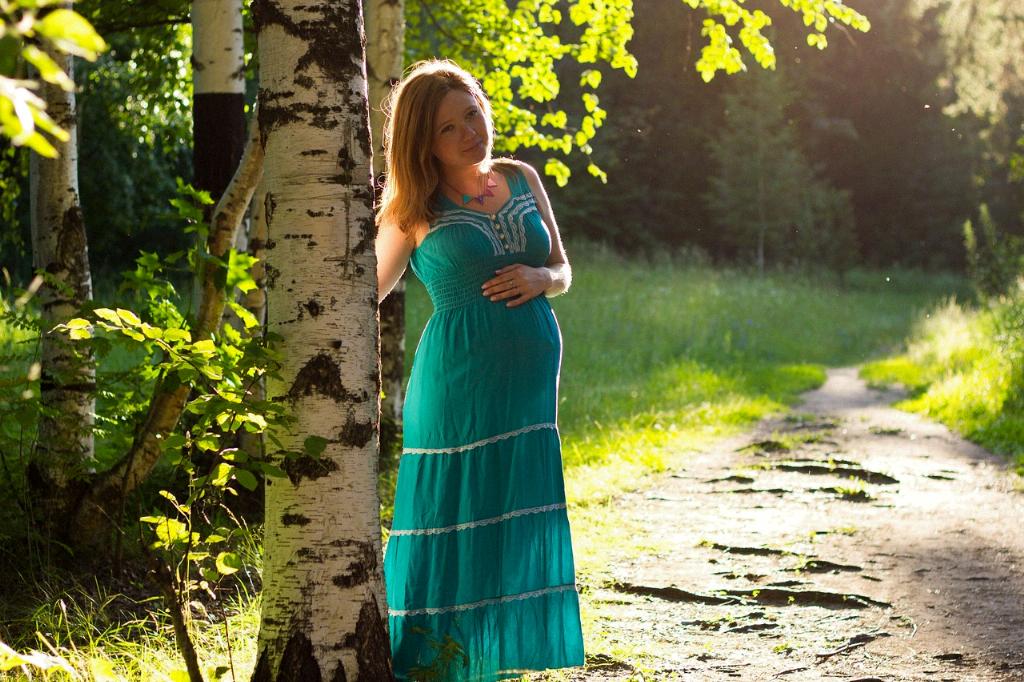After giving birth, many women experience changes in their bodies, including the development of a “pooch” or belly fat. It is essential to understand that these changes are normal, and it takes time for the body to recover from pregnancy and childbirth.
Importance of Patience
When it comes to losing the pooch after pregnancy, patience is key. It’s crucial to remember that your body went through significant changes during pregnancy, and it needs time to heal and regain strength. Rushing the process can be detrimental to both your physical and mental well-being.
Healthy Eating Habits
One of the most important factors in losing belly fat after pregnancy is maintaining a balanced and healthy diet. Focus on consuming nutrient-rich foods such as fruits, vegetables, lean proteins, whole grains, and healthy fats. Avoid processed foods and sugary snacks that can hinder your weight loss goals.
Stay Hydrated
Drinking an adequate amount of water is essential for overall health and can also aid in weight loss. Staying hydrated helps boost metabolism, flush out toxins, and promote a feeling of fullness, which can prevent overeating.
Regular Exercise Routine
Incorporating regular exercise into your routine is crucial for losing the pooch after pregnancy. Focus on a combination of cardio exercises such as walking, jogging, or cycling, along with strength training exercises to build muscle and boost metabolism.
Postpartum Exercises
Specific postpartum exercises can help target the muscles in the abdominal area and aid in reducing belly fat. Consult with a healthcare provider or a fitness professional to learn safe and effective exercises that are suitable for your postpartum body.
Rest and Recovery
Getting an adequate amount of rest is crucial for the body’s recovery after pregnancy. Lack of sleep can disrupt hormone levels, increase cravings for unhealthy foods, and hinder weight loss efforts. Prioritize rest and self-care to support your weight loss journey.
Seek Support
It’s essential to seek support from friends, family, or a healthcare provider during your postpartum weight loss journey. Having a strong support system can provide encouragement, motivation, and accountability to help you stay on track with your goals.
Set Realistic Goals
When striving to lose the pooch after pregnancy, it’s important to set realistic and achievable goals. Avoid setting unrealistic expectations or comparing your progress to others. Focus on making gradual and sustainable changes to promote long-term success.
Monitor Progress
Keeping track of your progress can help you stay motivated and make necessary adjustments to your weight loss plan. Consider tracking your food intake, exercise routine, measurements, or even taking photos to visually see your progress over time.
Be Kind to Yourself
Remember to be kind to yourself throughout the process of losing the pooch after pregnancy. Celebrate small victories, practice self-love, and give yourself grace on days when progress may feel slow. Trust the process and stay committed to your health and well-being.
Consult with Professionals
If you’re struggling to lose the pooch after pregnancy or have specific concerns about your postpartum body, don’t hesitate to consult with healthcare providers, nutritionists, or fitness experts. They can provide personalized guidance and support tailored to your individual needs.

